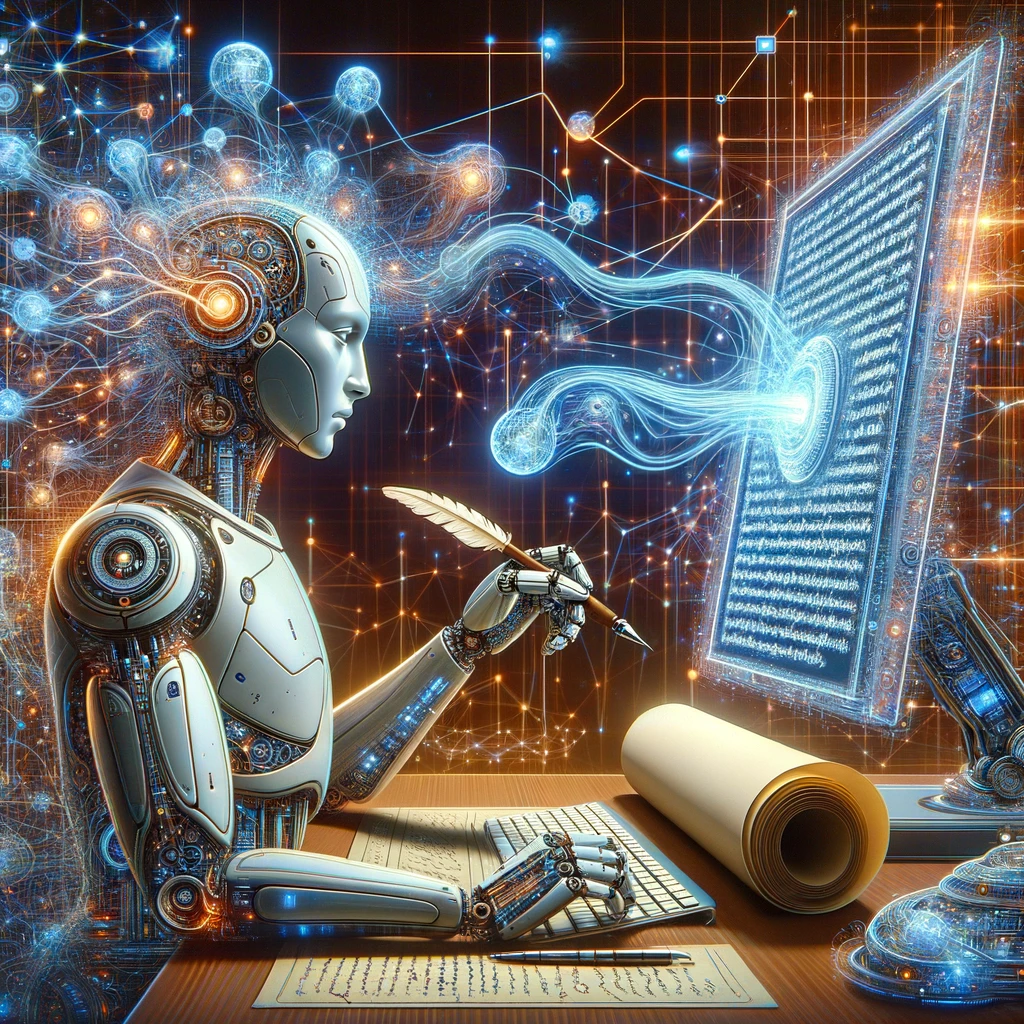Exploring Retrieval-Augmented Generation (RAG)

In the rapidly evolving world of artificial intelligence, one of the most exciting developments is the emergence of Retrieval-Augmented Generation (RAG). RAG is a novel approach that combines the power of language models with the ability to retrieve relevant information from a large corpus of text. This fusion enables AI models to generate more accurate, informative, and contextually relevant responses.
What is Retrieval-Augmented Generation?
Retrieval-Augmented Generation is a technique that enhances the capabilities of traditional language models by integrating a retrieval component. This component allows the model to search and retrieve relevant information from an external knowledge source, such as a database or the internet, in real-time. The retrieved information is then used to augment the generation process, leading to more informed and context-aware outputs.
How Does RAG Work?
RAG operates in two main phases: retrieval and generation. In the retrieval phase, the model receives a query or prompt and uses a search algorithm to find relevant documents or snippets from the knowledge source. These retrieved texts are then encoded and combined with the original query to form an augmented input.
In the generation phase, this augmented input is fed into a language model, such as GPT-3 or BERT, which generates a response based on both the original query and the additional context provided by the retrieved texts. The final output is a synthesis of the model's understanding and the external information, resulting in a more comprehensive and accurate response.
Applications of RAG
Retrieval-Augmented Generation has a wide range of applications across various domains:
- Question Answering: RAG can significantly improve the performance of QA systems by providing additional context and information to generate more precise answers.
- Chatbots and Conversational Agents: By leveraging external knowledge, chatbots can provide more informative and relevant responses, enhancing user interactions.
- Content Generation: RAG can assist in generating content that is not only coherent and creative but also factually accurate and informative.
- Summarization: In tasks like document summarization, RAG can help produce summaries that are more comprehensive and reflective of the key points in the source material.
- Language Translation: By retrieving parallel texts or relevant translations, RAG can improve the quality and accuracy of machine translation systems.
Advantages of RAG
- Enhanced Accuracy: By incorporating external knowledge, RAG models can generate more accurate and relevant responses.
- Contextual Awareness: RAG allows models to understand and respond to queries with a deeper understanding of the context.
- Scalability: As the knowledge source can be continually updated, RAG models can adapt and improve over time without the need for retraining.
Challenges and Future Directions
While RAG presents exciting opportunities, it also poses challenges such as ensuring the reliability of the retrieved information, managing the computational complexity of the retrieval process, and maintaining privacy and security. Future research in RAG will likely focus on addressing these challenges, improving retrieval efficiency, and exploring new applications in fields like healthcare, education, and finance.
Conclusion
Retrieval-Augmented Generation represents a significant leap forward in the capabilities of AI language models. By seamlessly integrating retrieval and generation, RAG models can provide more accurate, context-aware, and informative responses, opening up new possibilities for AI applications across various domains. As this technology continues to evolve, we can expect to see even more innovative and impactful uses of RAG in the future.